Motion and Momentum Worksheets
Motion and momentum worksheets are a great educational resource for students who want to dive into the world of physics. These worksheets are designed to help students understand the concepts of motion and momentum, allowing them to develop a strong foundation in this subject.
Table of Images 👆
More Other Worksheets
Kindergarten Worksheet My RoomSpanish Verb Worksheets
Cooking Vocabulary Worksheet
DNA Code Worksheet
Meiosis Worksheet Answer Key
Art Handouts and Worksheets
7 Elements of Art Worksheets
All Amendment Worksheet
Symmetry Art Worksheets
Daily Meal Planning Worksheet
What is motion?
Motion refers to the act or process of moving or changing position or location. It is the phenomenon where an object or a body changes its position with respect to a reference point or remains in constant motion. Motion can occur in various forms such as linear, circular, rotational, or vibrational, and is a fundamental concept in physics that helps describe the dynamics of objects and systems in the physical world.
What are the different types of motion?
The different types of motion include linear motion (motion in a straight line), rotational motion (motion around an axis), oscillatory motion (back and forth movement), and vibrational motion (repetitive movement around a fixed point). Other types of motion include circular motion (motion in a circular path) and periodic motion (repetition of a motion in regular intervals).
How is speed different from velocity?
Speed is a scalar quantity that measures how fast an object is moving, whereas velocity is a vector quantity that includes both the speed of an object and its direction of motion. Speed only tells you how fast you are going, while velocity tells you both how fast and in what direction an object is moving.
What is acceleration?
Acceleration is the rate at which the velocity of an object changes with time. It can either be an increase or a decrease in speed, or a change in direction. Acceleration is measured in meters per second squared (m/s^2) in the metric system or feet per second squared (ft/s^2) in the imperial system.
How do you calculate velocity?
Velocity is typically calculated by dividing the change in position (?x) by the change in time (?t). This can be represented by the formula: Velocity (v) = ?x / ?t. The unit of velocity is usually expressed in meters per second (m/s) or kilometers per hour (km/h), depending on the unit of distance and time used in the calculation.
What is momentum?
Momentum is a measure of the motion of an object and is determined by the product of its mass and velocity. In simpler terms, momentum signifies how difficult it is to stop an object that is moving. An object with a higher mass or greater velocity will have more momentum, making it harder to stop or change its direction.
How is momentum calculated?
Momentum is calculated by multiplying an object's mass by its velocity. The formula for momentum is p = m * v, where p is momentum, m is mass, and v is velocity. Momentum is a vector quantity, meaning it has both magnitude and direction, and is typically measured in units of kilogram meters per second (kg m/s).
What is the principle of conservation of momentum?
The principle of conservation of momentum states that the total momentum of a closed system remains constant if no external forces are acting on it. In other words, the total momentum before an event is equal to the total momentum after that event. This principle is a fundamental law of physics and is used to analyze and predict the motion of objects in various physical systems.
What is the relationship between force and momentum?
Force is directly related to momentum, as force is the rate of change of momentum. This can be represented by the equation F = ?p/?t, where F is the force, ?p is the change in momentum, and ?t is the time over which the change occurs. Therefore, the greater the force applied to an object, the greater the change in momentum it will experience.
How does mass affect an object's momentum?
Mass directly affects an object's momentum, as momentum is the product of an object's mass and its velocity. Specifically, an object with a greater mass will have a greater momentum if moving at the same speed as an object with a smaller mass. This means that an object with a larger mass will be harder to stop or change direction compared to an object with a smaller mass, assuming they are moving at the same velocity.
Have something to share?
Who is Worksheeto?
At Worksheeto, we are committed to delivering an extensive and varied portfolio of superior quality worksheets, designed to address the educational demands of students, educators, and parents.

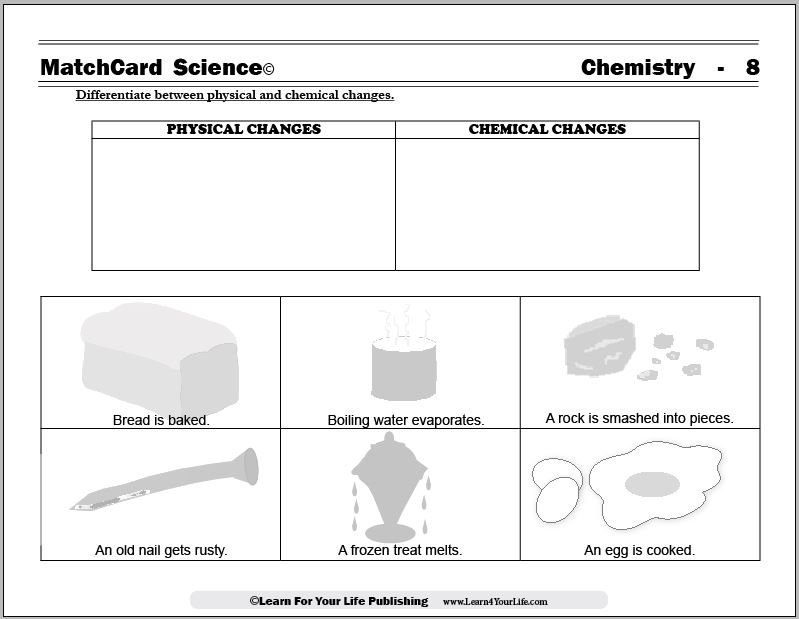



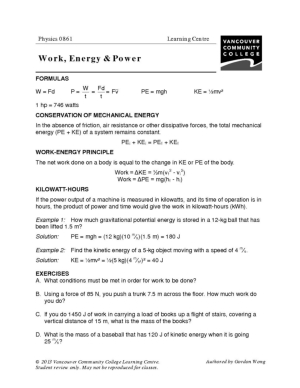
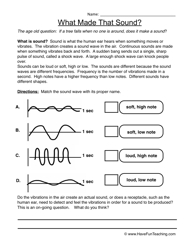
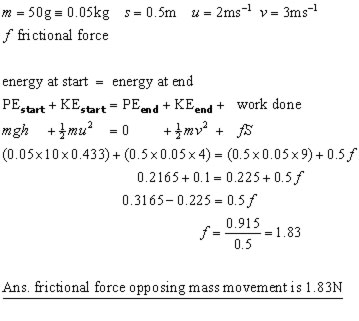
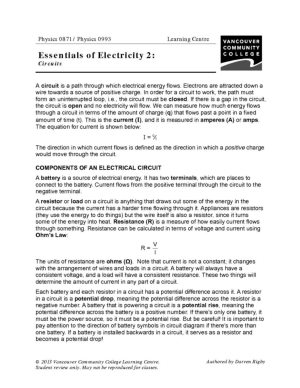
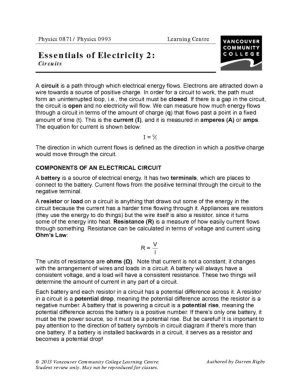
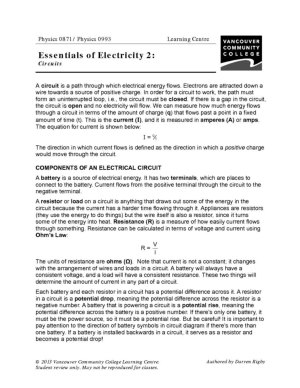
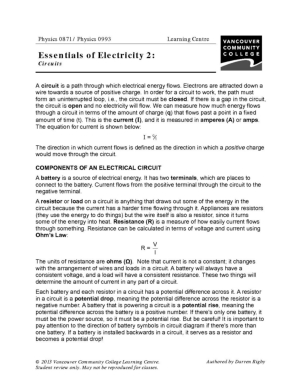
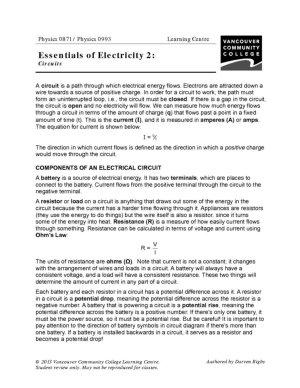
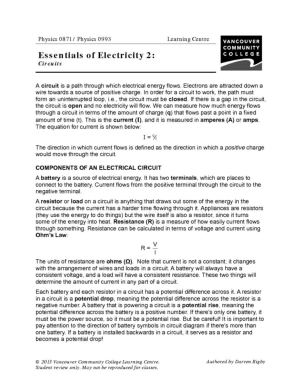
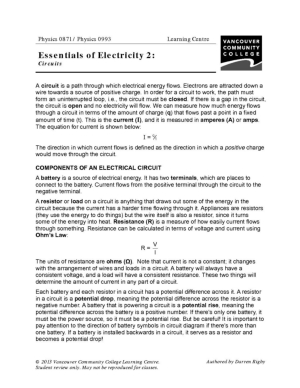
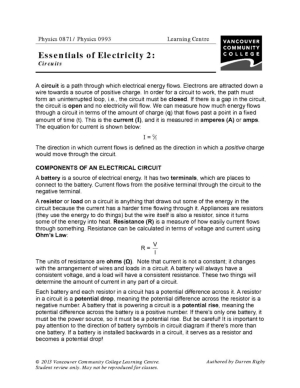
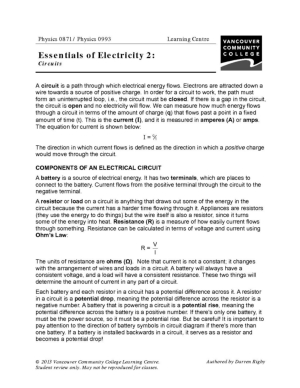
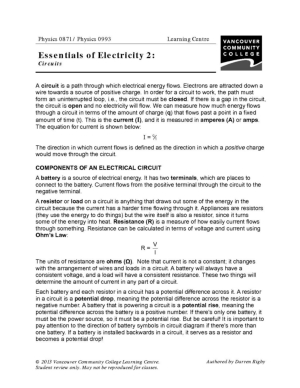
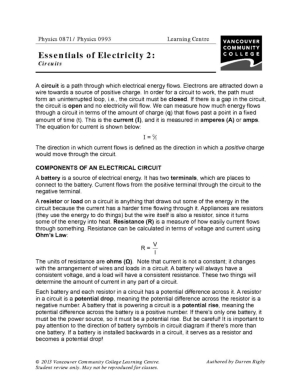














Comments